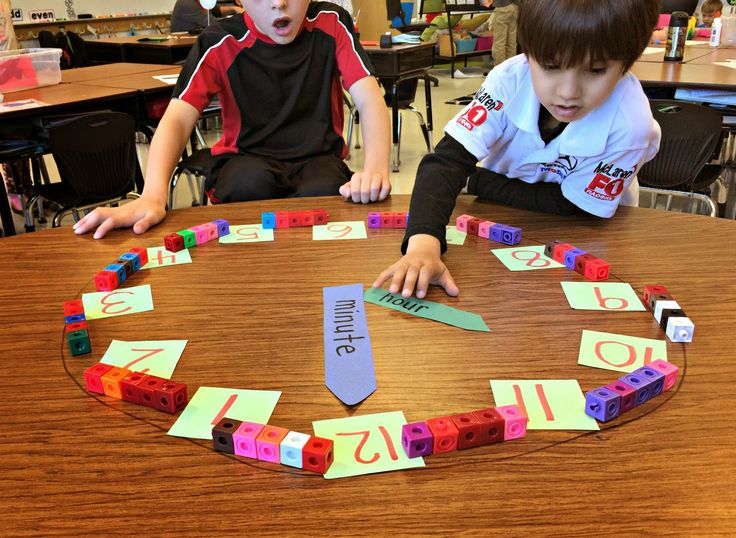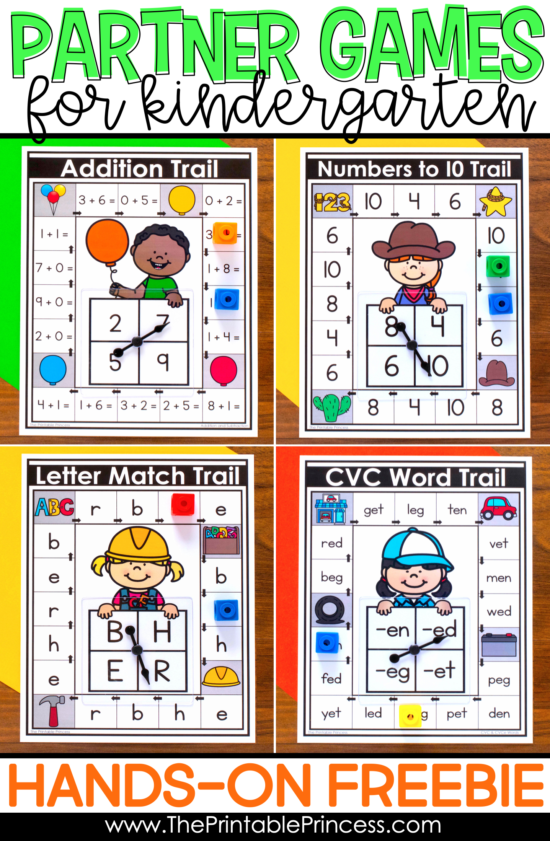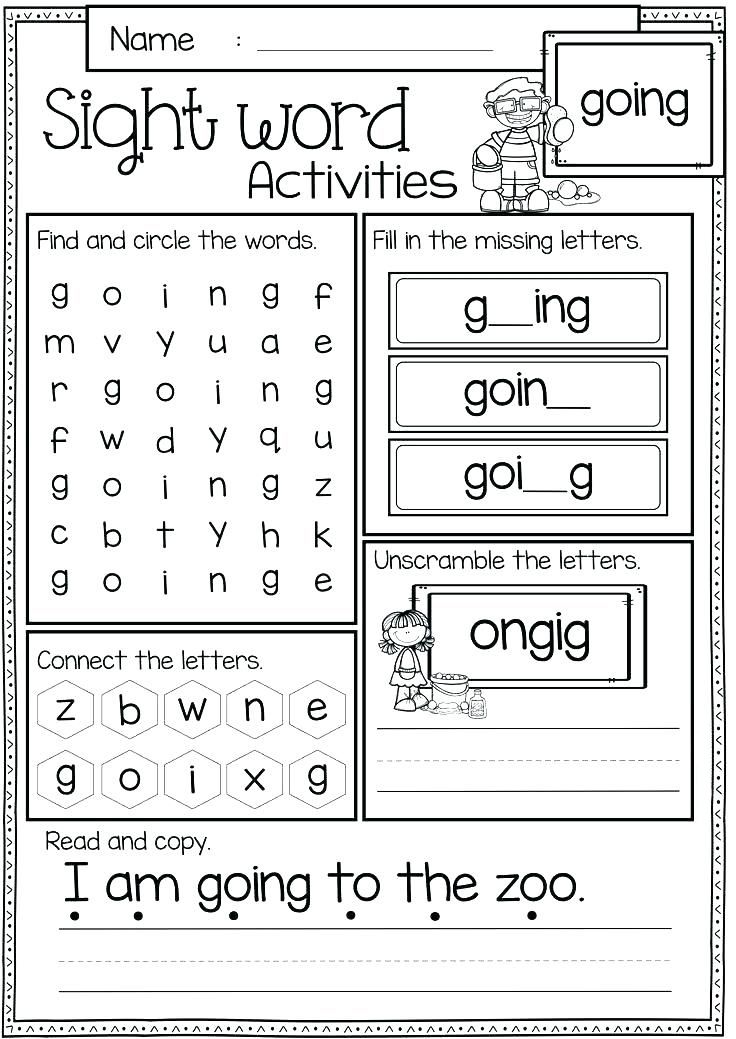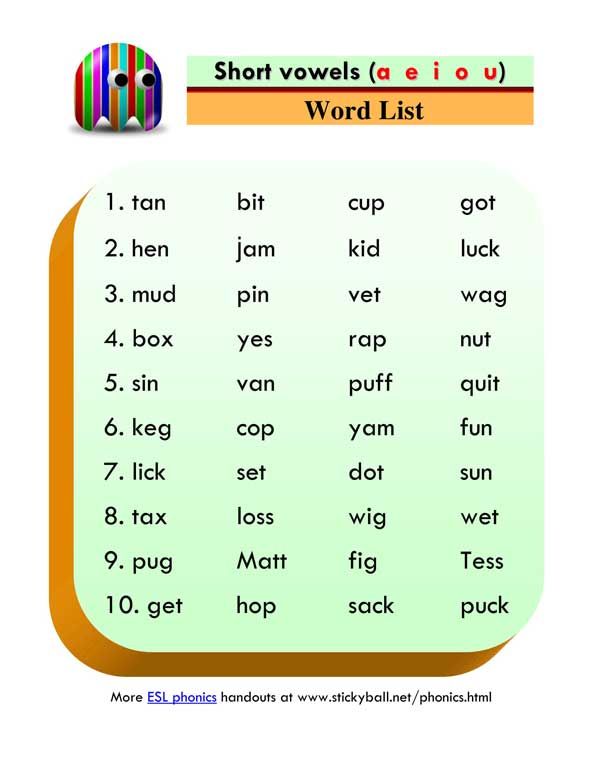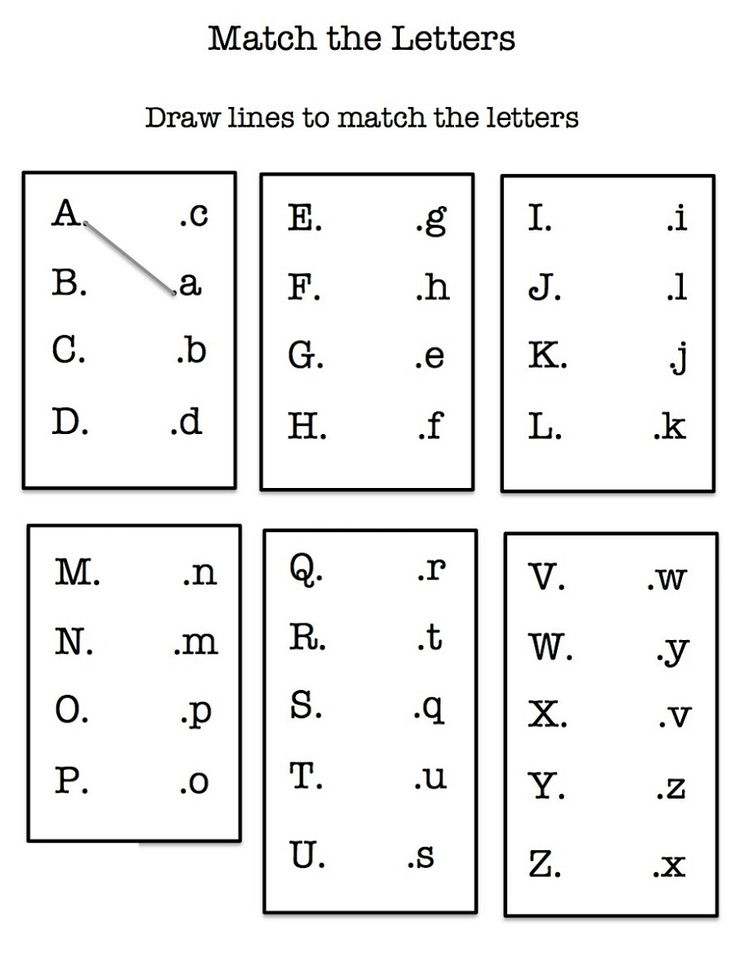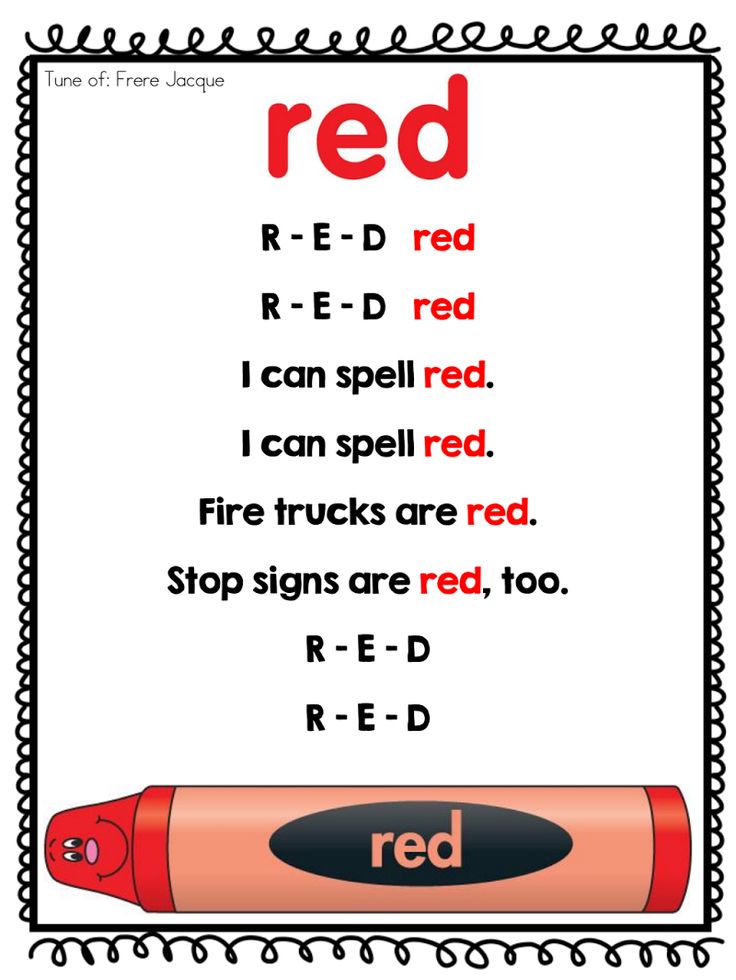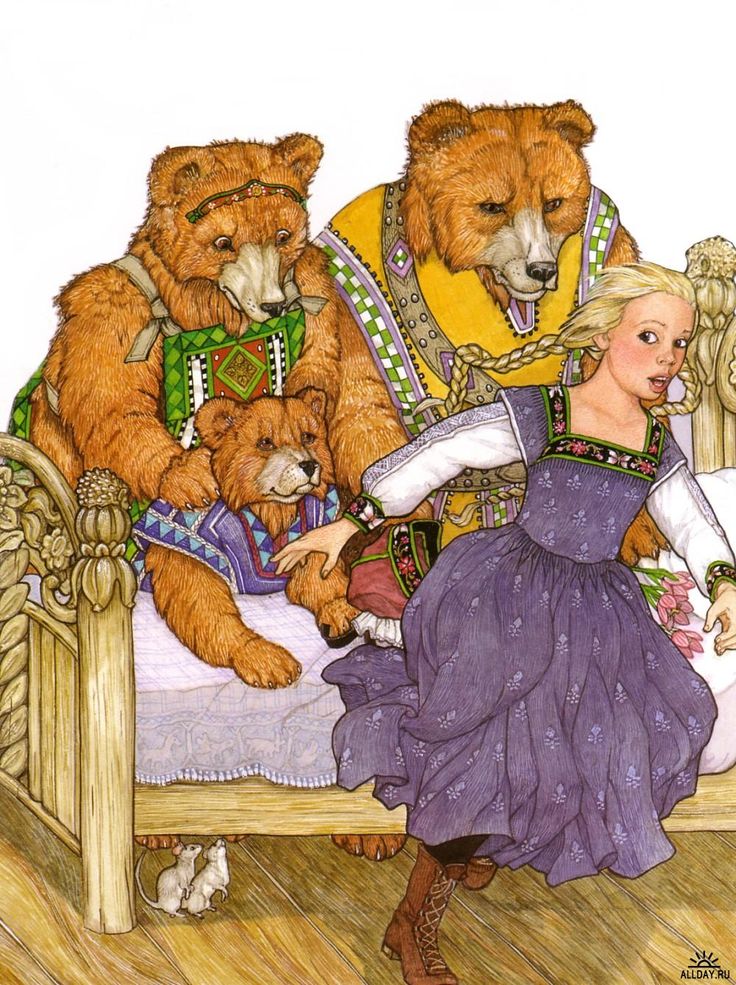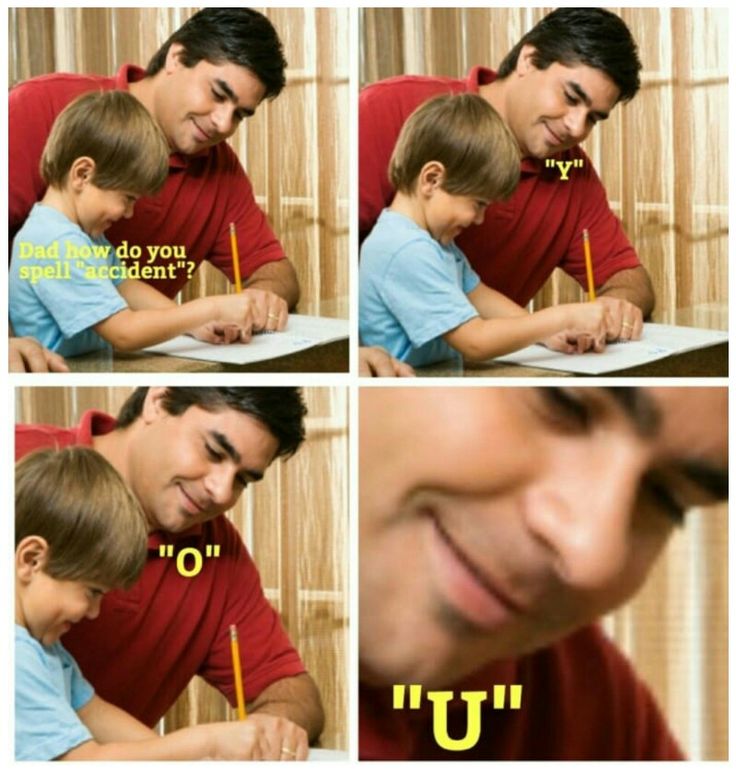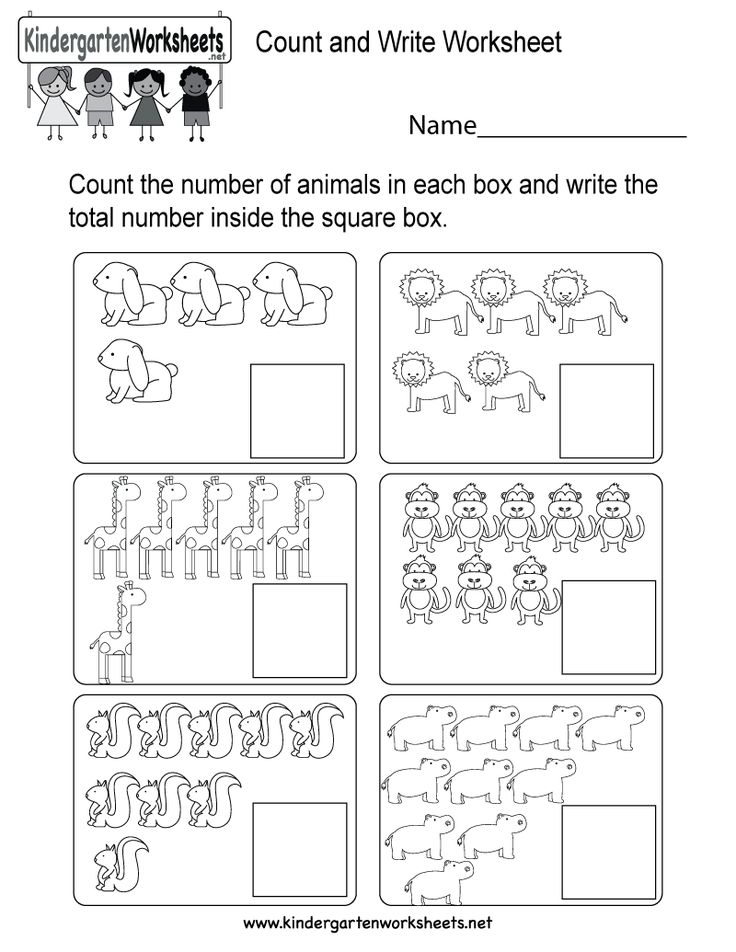Math games for kindergarten in the classroom
4 Kindergarten Whole Group Math Games that Use Jumbo Dice
One of the best ways to make Kindergarten math a little more engaging is to make whole group math games a part of your lessons. I love adding in jumbo dice when we play our whole group math games because it just adds a little something extra!
You can use jumbo dice or inflatable dice the same way you would use regular dice in your Kindergarten math lessons, but they have two benefits:
- They are easier for your entire group to see no matter where they are sitting
- They just make every Kindergarten math game more fun!
You can play these four Kindergarten whole group math games throughout the year as a regular part of your math lessons!
This blog post contains Amazon Affliate links. We may earn a small commission when you shop using these links, which goes back into running this website.
Roll, Compare, and SMASH!
This kindergarten whole group math game is a fan favorite as we are working on comparing numbers. Really, is there anything kids love more than knocking things down?
To play this comparing numbers math game, you will need:
- Inflatable dice
- Cups
- Optional: dry erase boards and markers
To play this Kindergarten math game:
Student one will roll the die. They will build a cup tower with that many cups. My cups have faces because it was October and they were “ghosts”.
Students two will roll the dice. They will build a cup tower with that many cups.
The student with the larger tower gets to knock them both down! If they are equal, both students get to knock down the towers together.
This game is a BLAST for students! If you want, you can also place a dry erase board in between and have students draw the correct math sign for comparing the two numbers.
You can play this game with larger numbers by using a jumbo foam numbers to 10 die, numbers to 12 die, or a numbers to 20 die.
Roll and Count On
Roll and count on is another whole group math game that my Kindergarteners LOVE! For this game you will need:
- Jumbo dice
- Chart paper with spaces to count on (you can swap this with 3 dry erase boards if needed)
To play this math game:
One student will roll the jumbo dice.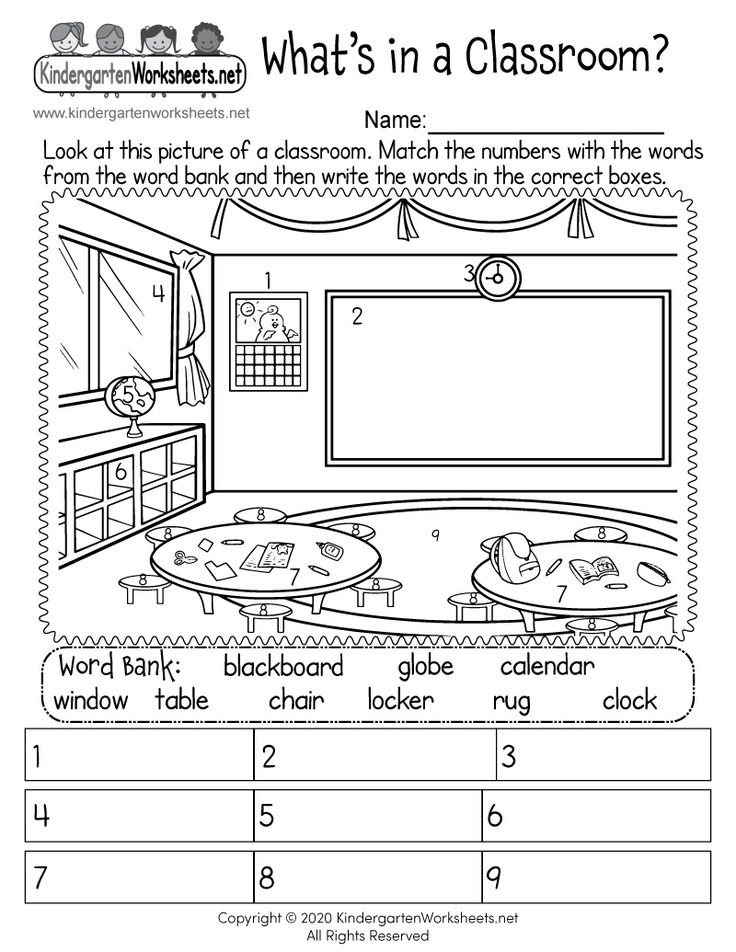 As a group, start at the number you roll and then count on.
As a group, start at the number you roll and then count on.
If you use laminated chart paper, you can write the numbers as you count on. You can also swap the chart paper for dry erase boards.
This is another game that you can make more challenging by using foam jumbo dice with larger numbers (hint: you can make this swap with all of these games!).
Roll and Add
Once your Kindergarten students are secure in number sense and are ready to begin basic addition, roll and add is the perfect whole group math game! The way you play will change depending on if you are adding with counters or mentally.
To play this Kindergarten math game, you will need:
- Jumbo dice
- Chart paper with two circles and an addition sign in between
- Counters OR two dry erase boards
- Dry erase board and marker for the sum
To play this whole group math game, a student will roll the jumbo dice and place that many counters in the first circle.
They will repeat and place that many counters in the second circle.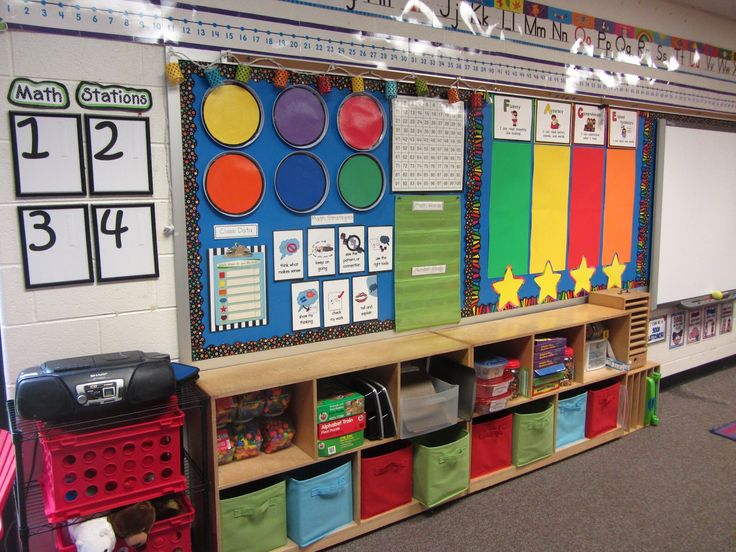
As a group, add the counters together and then write the sum on the dry erase board.
I always give students a few moments to solve the problem before we write the answer. Once they have the sum, they let me know by putting their finger on their nose. Then I choose one student to tell us the answer and write the sum.
If your students are ready to add mentally, place dry erase boards where the circles are.
They will roll the dice and then write the number instead of putting put that many counters. An easy change to make this whole group math game new again!
Before and After
We play this whole group math game when practicing number order. It’s a fun way to let my students practice thinking about what comes before and after mentally!
To play, you will need:
- Jumbo dice
- An anchor chart with spots for before and after OR two dry erase boards
To play this game, a student will roll the dice. Then, we will identify what numbers come before and after.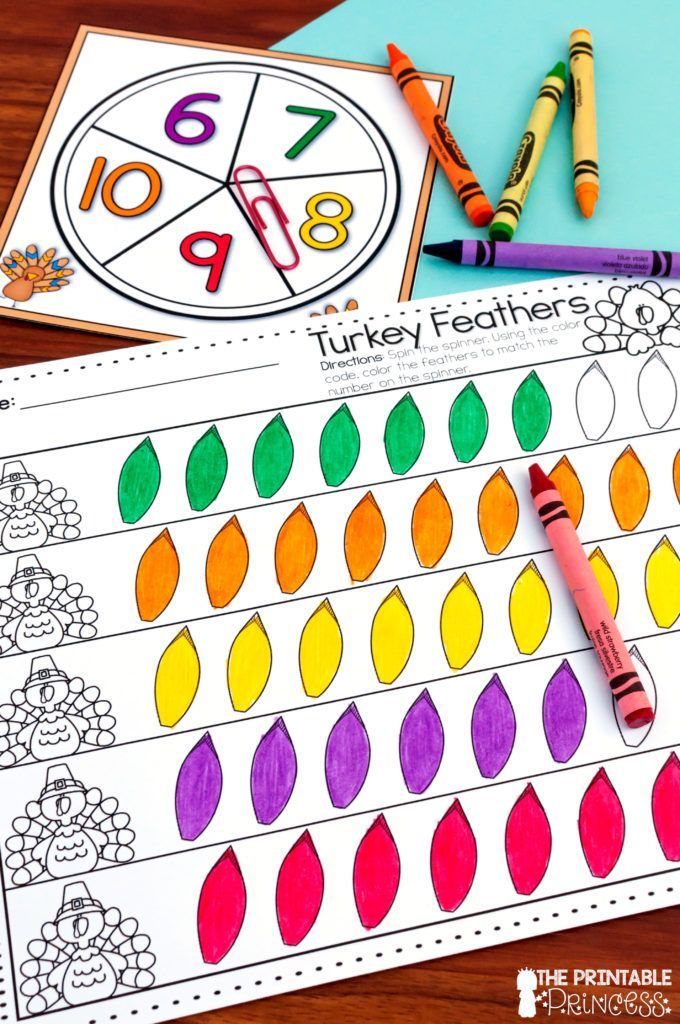 It’s that simple!
It’s that simple!
I know what you’re thinking. How is this a game…? Well, honestly, if you add jumbo dice to pretty much any activity, it becomes a game for kids! They love it and it takes little effort on your part!
These 4 whole group math games are favorites of my Kindergarten class. They are easy to prep and a quick way to boost the engagement in any Kindergarten math lesson!
If you’re looking for a engaging math lessons for the entire year, you will LOVE my Kindergarten math curriculum! This curriculum is packed full of hands on, developmentally-appropriate math lessons for Kindergarten.
Find the Kindergarten math curriculum HERE.
Pin this post for later:
Do you love free stuff?
CVC Decodable Readers
Sign up for my FREE email newsletter and receive five short vowel decodable readers!
I need these!
You May Also Enjoy These Posts
Reader Interactions
Hot in the Shop
More Products
All We're Missing is You!
Join us over on Facebook for even more great resources, ideas, and teaching tips for kindergarten and early elementary teachers!
Join Us on Facebook
Welcome Friends!
My name is Natalie and I am the face behind Natalie Lynn Kindergarten.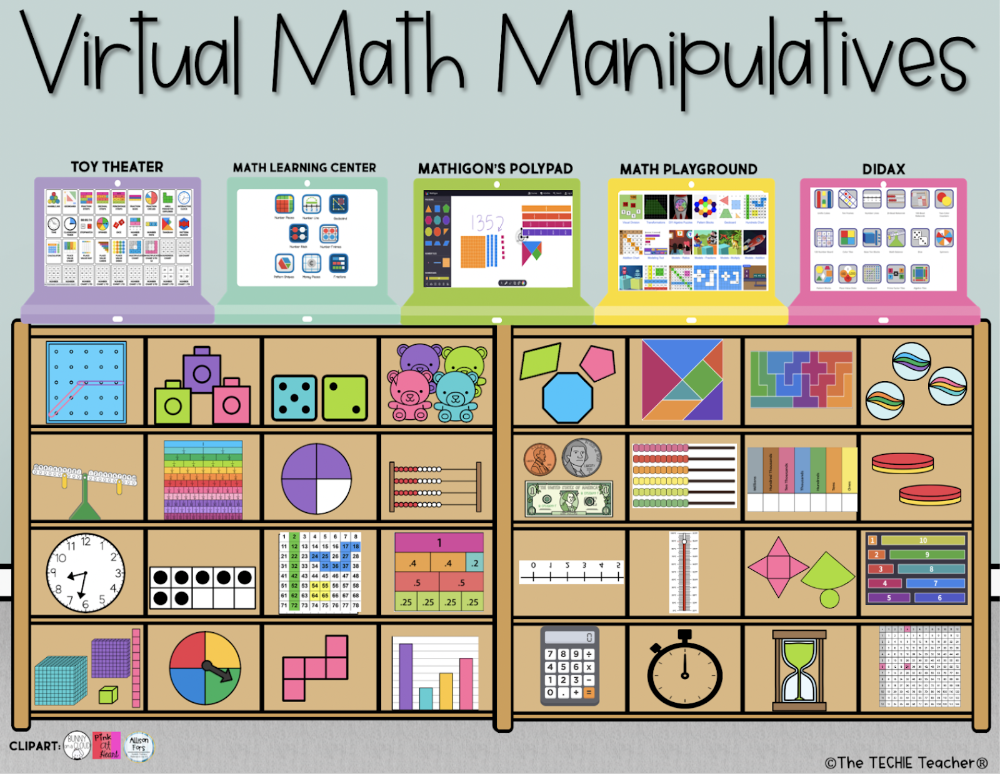 My passion is creating hands-on and engaging resources for the classroom and helping teachers to make learning FUN again! I love showing teachers how they can give students ownership over their learning and create meaningful learning experiences.
My passion is creating hands-on and engaging resources for the classroom and helping teachers to make learning FUN again! I love showing teachers how they can give students ownership over their learning and create meaningful learning experiences.
More About Me
Manage consent
21 Best Classroom Math Games to Boost Your Students' Math Skills
Parents and teachers are always looking for new and innovative ways to help kids learn math. It can be challenging to keep things exciting and engaging, especially when teaching complex concepts like multiplication and division. But don’t worry, we’ve got you covered! Here are twenty-one of the best classroom math games for kids.
These games are not only super fun to play but will also help students learn and practice essential math skills. So without further ado, let’s get started!
11 Amazing Math Games to Play in the ClassroomWho says learning has to be boring? These math games are the perfect way to engage your students and get them excited about learning.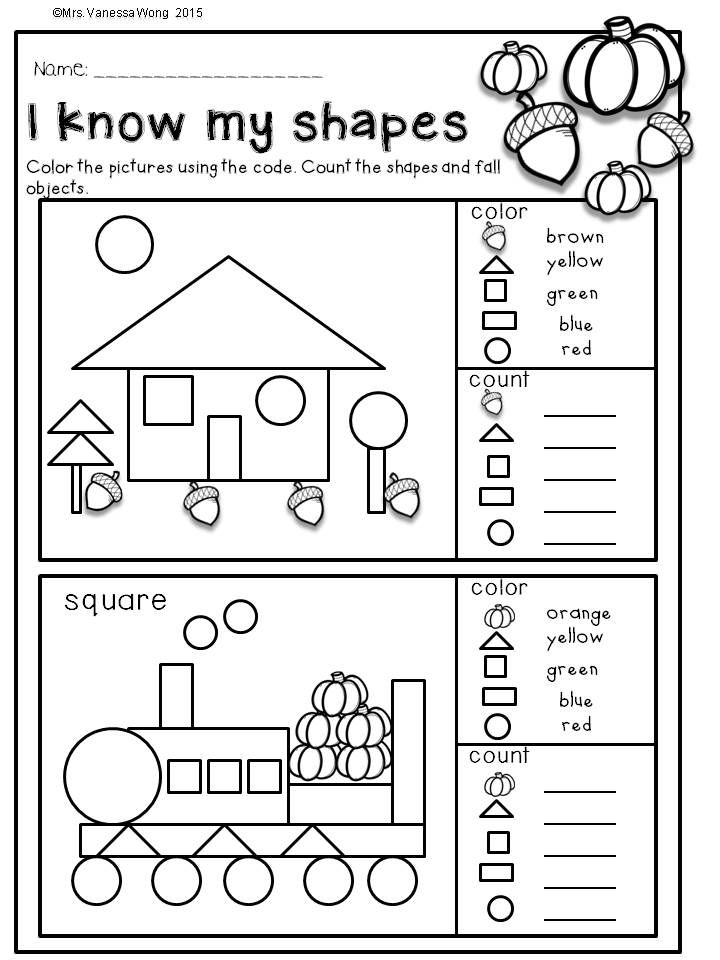
With the advancement of technology, there are now several online math games that students can play on laptops, tablets, and smartphones. These games provide a fun and interactive way for students to learn math. The following are some of the best platforms for online math games:
SplashLearn: A comprehensive math learning program for Pre-K to Grade 5 that includes over 700 interactive games.
Math playground: This website has various classroom math games for all grade levels.
Hooda Math: A website with a wide selection of math games categorized by topic and grade level.
SplashLearn inspires lifelong curiosity with its game-based PreK-5 learning program loved by over 40 million children. With over 4,000 fun games and activities, it’s the perfect balance of learning and play for your little one.
Try for free
2.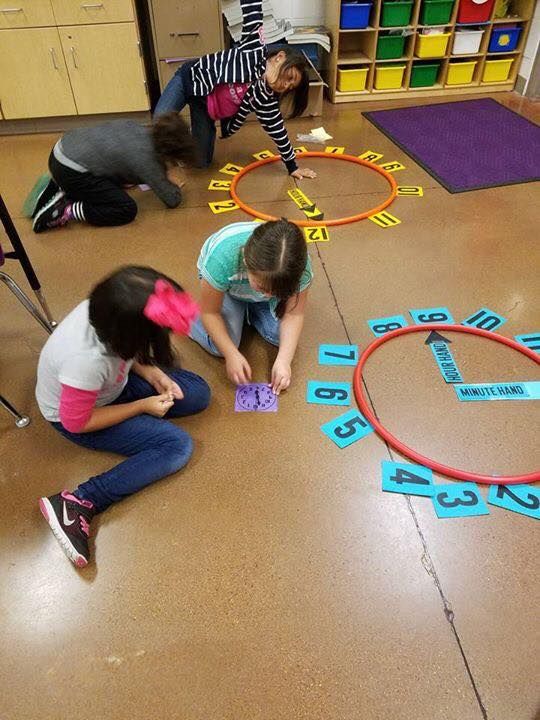 Round Robin Benefit
Round Robin BenefitThis math game can be played with a large group of students. It is an excellent way to review material that has already been taught.
How to play:
One student starts by saying any math fact they know (for example, 2 + 2 = 4). The student next to them then says another math fact. This continues around the circle until the first person can’t think of a fact, at which point they are out. The last person standing is the winner!
Age range: 8–10 years
Grades: 3–5
3. Fraction ActionThis is one of the most effective math games for classroom participation! Not only does it help them understand fractions, but they also get to move around and have fun while doing it. The game’s objective is to be the first person to collect all the fraction cards.
How to play:
Players must answer questions correctly about fractions and collect fraction cards.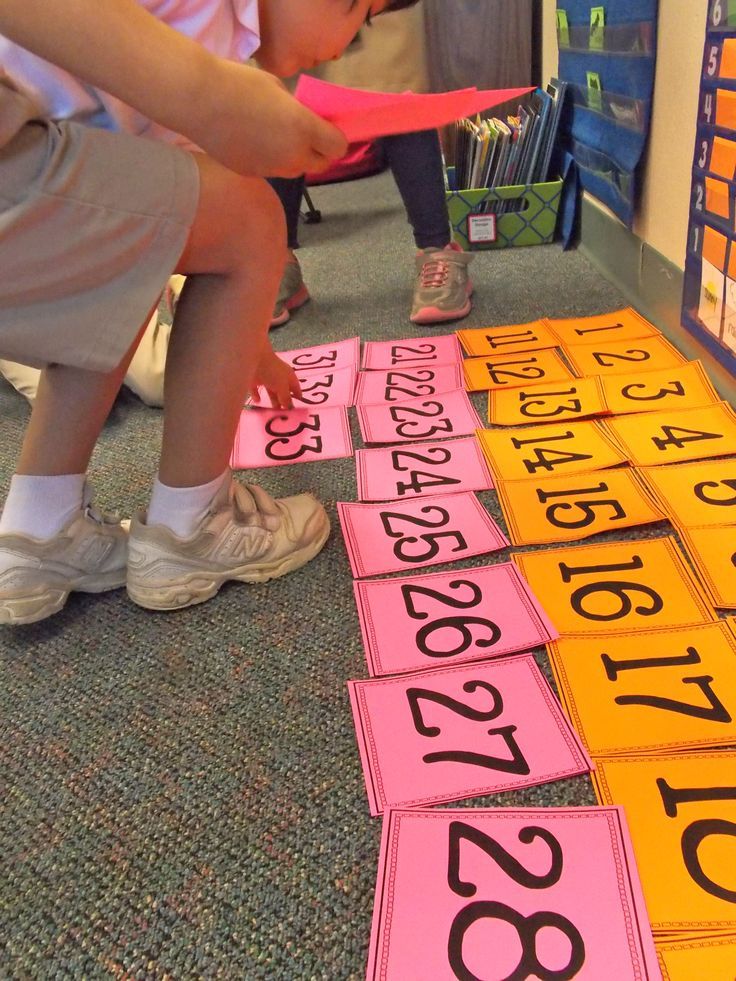 The person with the most cards at the end of the game is the winner!
The person with the most cards at the end of the game is the winner!
Age range: 8–10 years
Grade: 3–5
4. Around the BlockYou only need one ball for this game, but you can have multiple students playing simultaneously.
How to play:
Students will stand in a circle, and someone will start by rolling the ball to another student in the circle. The student who catches the ball must then identify which math operation they will use to solve the problem posed by the person who rolled the ball.
The answer should be called out, and then the student will roll the ball to another player. If the answer is correct, the player gets to keep rolling the ball. If the answer is incorrect, that player is out of the game. Continue until there’s only one person left standing.
Age range: 8–10 years
Grade: 3– 5
Related Reading: Best Virtual Games for Classroom Fun & Learning5.
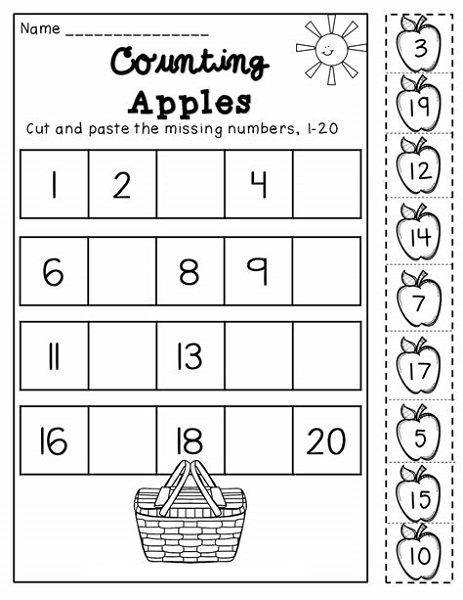 101 and Out
101 and OutAlso Watch:
How to play:
Give your students some paper and pencils. Each game can be played by two players (or the entire class can also be divided into two teams). Draw a line right down the middle of a piece of paper. The left side is where player 1 will record their score and on the right side, player 2 will add their score. Both the players take turns rolling a die. Whatever number they roll, they can decide whether they want it to remain a one-digit number or whether they want to bump it up to a tens place. For example, if they roll a 4, they can either just write 4 on their side of the page or write 40. The goal is to be the first person to reach 101.
Age range: 5–7 years
Grade: K–2
6.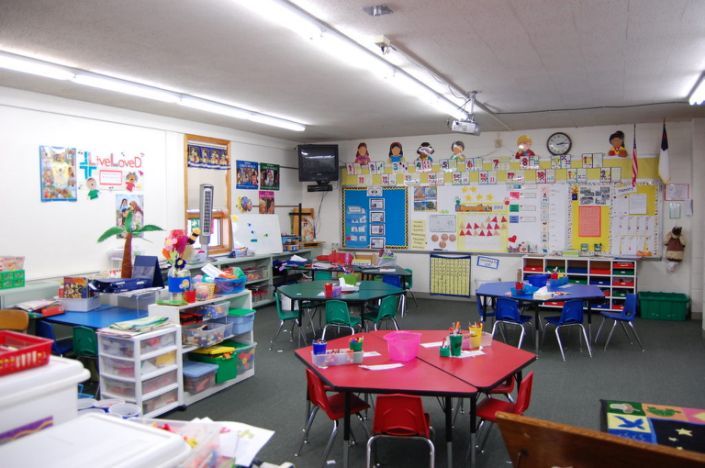 The Counting Game
The Counting GameThis fun classroom math game is perfect for helping kids learn to count. All you need is a die and something for each player to keep track of their score (a whiteboard or piece of paper will work fine).
How to play:
Students take turns rolling the die. They then have to count the many objects from a pile in front of them. For instance, if they roll a four and there are ten objects in a pile, they need to count out four objects and put each in front of them. The player with the most objects at the end of the game is the winner!
Age range: 5–7 years
Grade: K–2
7. Odds and EvensOdds and Evens is a classic math game that you can play with any number of players. All you need is a piece of paper and a pencil for each player.
How to play:
Each player draws a line down the middle of their paper to create two columns.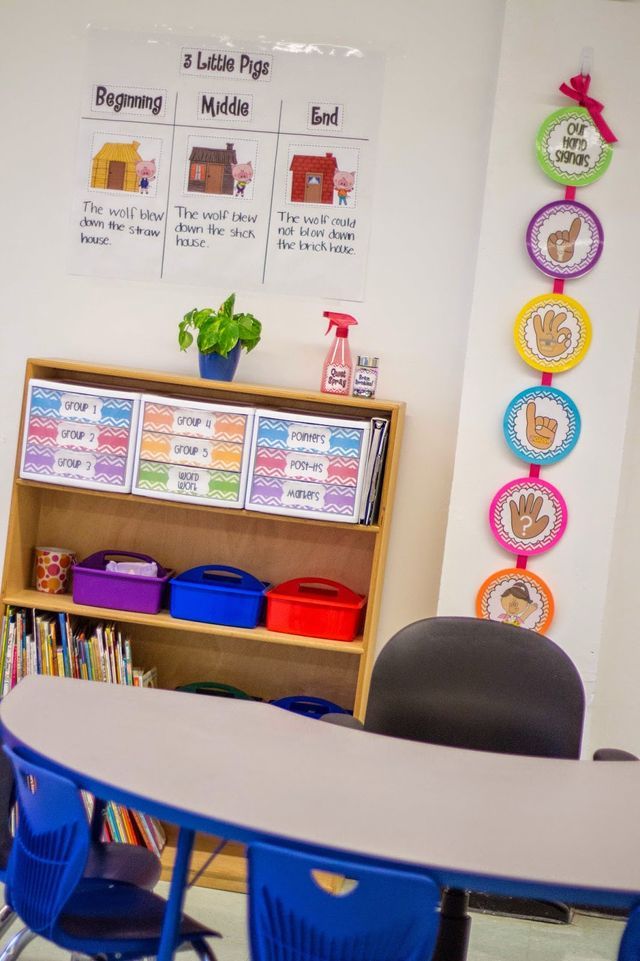 The left-hand column is for odds, and the right-hand column is for evens.
The left-hand column is for odds, and the right-hand column is for evens.
Players take turns rolling a die. Whatever number they roll, they must put that many dots in the corresponding column. The first player to reach 10 points in either column wins the game!
Age range: 5–7 years
Grade: K–2
8. Twenty-OneThis classroom math game is played with a regular deck of cards. All you need to do is remove the face cards and aces, then shuffle the deck.
How to play:
Each student will need a whiteboard and marker. Deal out two cards to each player face down. One at a time, each student will turn over their top card and reveal the number to the class.
The goal is to get as close to the number “21” as possible without going over. Players can either choose to stop and keep their current score, or they can risk going over 21 by adding the value of their next card.
If a player goes over 21, they are out for that round.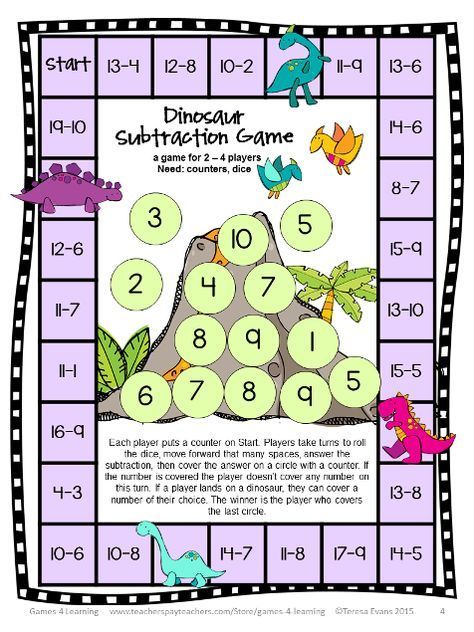 The last player standing is the winner.
The last player standing is the winner.
Variation: You can also play this game with three cards instead of two.
Age range: 8–10 years
Grade: 3–5
9. Sequence BenefitWithout having to use the conventional pencil-and-paper framework, sequence benefit allows students to practice an aim.
How to play:
To illustrate the various phases in solving a problem, make index cards in preparation. To fix the problem, create as many cards as necessary and paper clip them together. The first card must have the problem, while the other cards must show the steps to solve it. After that, give one card to every student in the classroom.
The objective of the game is for students to put their cards in order so that they can see the problem and its solution. As soon as they’re finished, they should stand up and hold their cards for you to check.
When you go around the classroom and verify that everyone has put their cards in the correct order, have a discussion about the various steps involved in solving the problem.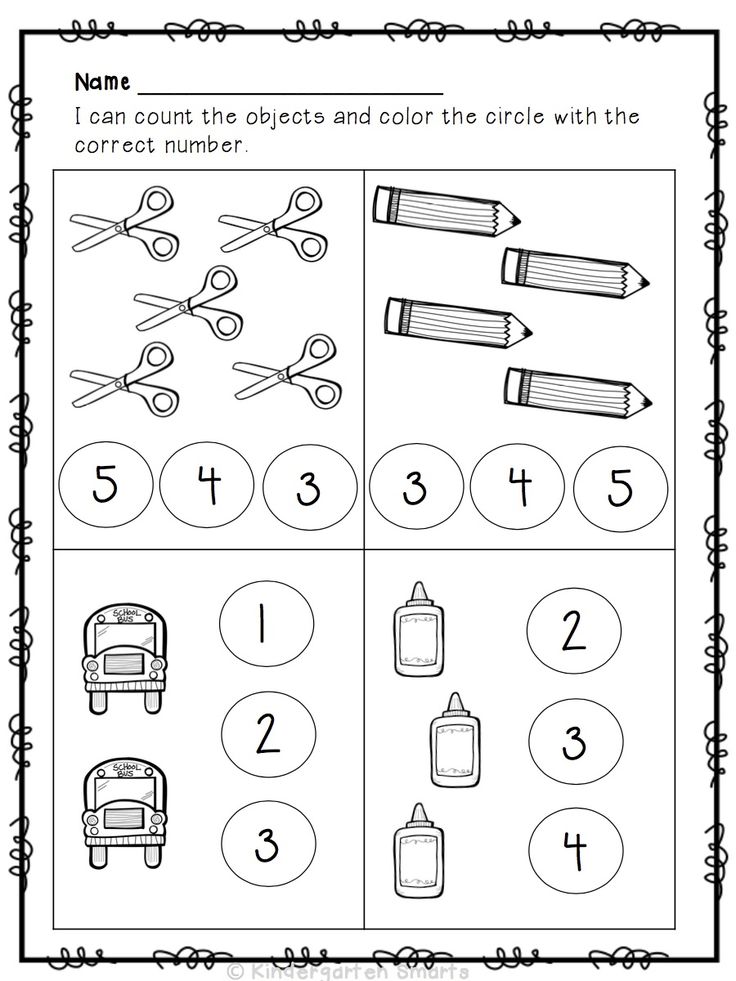
What students will learn:
This classroom math game will help students learn how to solve problems by breaking them down into smaller steps.
Age range: 10–14 years
Grade: 6–8
10. BuzzThis math game is played with a group of at least four people.
How to play:
Players sit in a circle and take turns counting up from 1. However, whenever the number 7 or a multiple of 7 is said, the player whose turn it is must say “buzz”.
If a player forgets to say “buzz” or says the wrong number, they are out! The game continues until there is only one player remaining.
What students will learn: Multiplication, addition, basic counting skills
Age range: 5+ years
Grades: Kindergarten and above
11. One-Yard DashThis math classroom game for kids is a great way to review basic math skills with your students.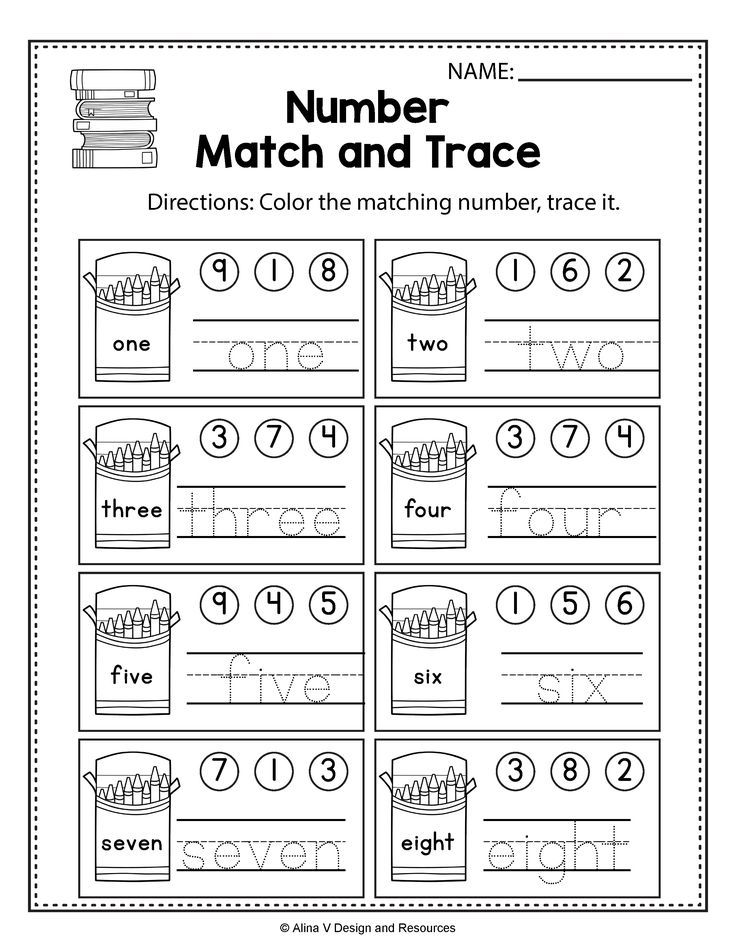 The objective of the game is to be the first person to reach one yard.
The objective of the game is to be the first person to reach one yard.
How to play:
Students should be divided into small teams and given measuring tapes to play.
Then they search the space for two to four items that, when added together, measure one yard in length. The groups will then measure the objects and note how accurate their estimates are.
Need a greater challenge? Instead of using a yard, give them a centimeter and instruct them to convert the results to micrometers, millimeters, and other units.
What students will learn:
These types of math classroom games for kids help students review their knowledge of measurement and estimation.
Age range: 10–14 years
Grade: 3–7
10 Fun Math Games to Play in the ClassroomMake math enjoyable with these fun math classroom games! These math games and activities for kids are perfect for math centers, small groups, and even the whole class.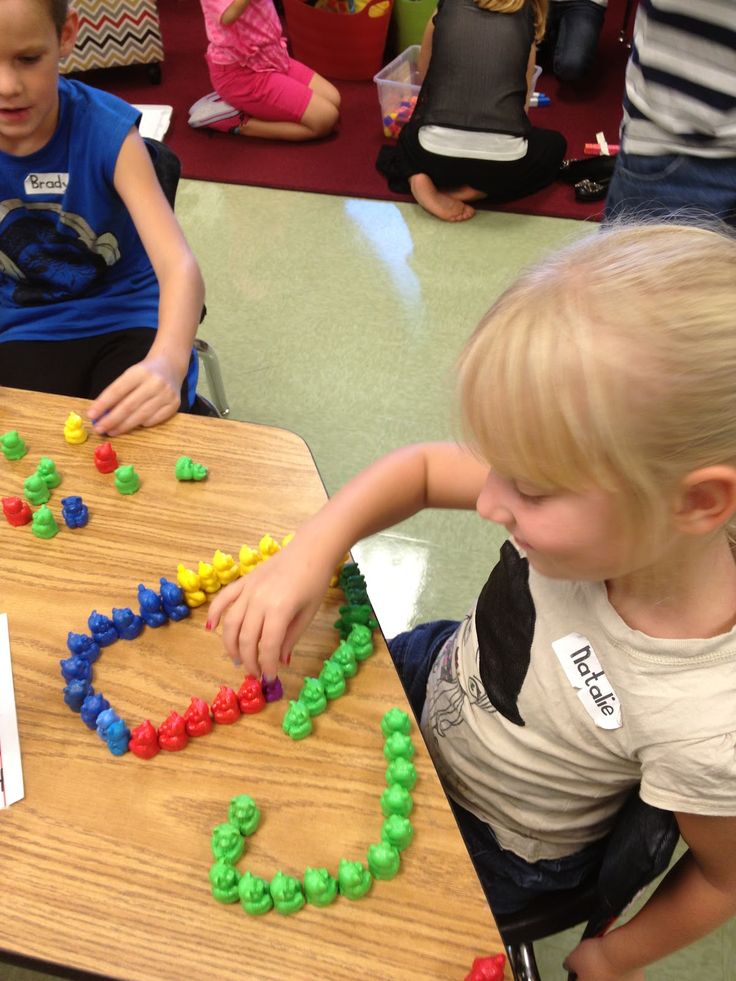 They are also great for math review or math intervention. Your students will beg to play these classroom math games!
They are also great for math review or math intervention. Your students will beg to play these classroom math games!
This is a great activity for teaching addition, subtraction, and place value. You will need chalk to make your number line.
How to play:
Start by writing the numbers 1–20 (or higher) on the ground. Create a starting point and an ending point with two different colors. Then have students stand at the starting point. Call out a math problem and have students solve it and move to the correct answer on the number line. For example, “If I start at seven and subtract 3, where will I end up?” From the starting point (7), students would move three spaces to the left and land on 4.
This game can also be played with a partner. Students stand on opposite ends of the number line. One player calls out a math problem, and the other player solves it and then moves to the correct answer.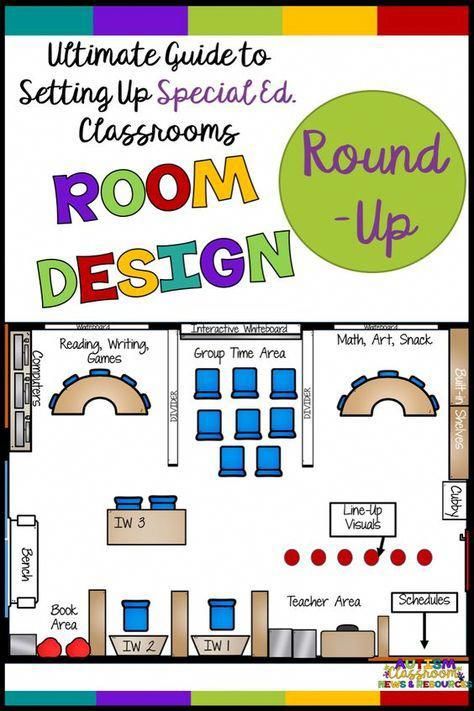 The first team to reach the endpoint is the winner!
The first team to reach the endpoint is the winner!
What students will learn: Addition, subtraction, place value
Age range: 5-7 years
Grade: K-2
13. Graph Scavenger HuntTo make graphs more exciting for your students, try a graph scavenger hunt!
How to play:
You will need to create a graph with different items to be found around the classroom or school (pictures work great for this). For example, you could use a bar graph and have students find things that are red, blue, green, etc. Or you could use a picture graph and have students find things that are small, big, have four legs, etc.
Once the graph is created, students will walk around and find things that match the items on the graph. They will then color in or mark the graph to show what they found. When they are finished, they can share their findings with the class.
Age range: 5-7 years
Grade: K-2
14.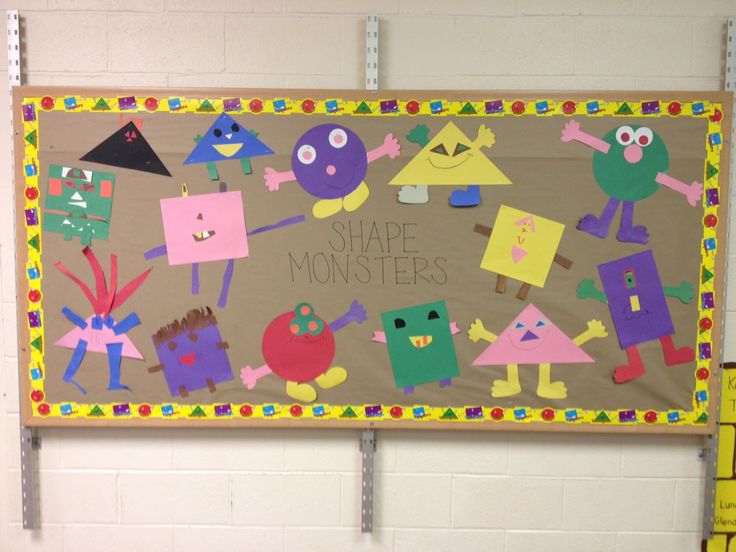 Whack-a-Ball and Subtract
Whack-a-Ball and SubtractThis is a variation of the classic game “Whack-a-Mole.” You will need a whiteboard, a whiteboard marker, and a softball or other small ball. To set up the game, draw a grid on the whiteboard with ten columns and ten rows. Label each column with a number from 1 to 10. In the first row of each column, write the corresponding number minus 1. So, in the first column, write “1 – 1”; in the second column, write “2 – 1”; and so on.
How to play:
One student throws the ball at the board while another student calls out a number from 1 to 10. The student who threw the ball then tries to hit the number that was called out. If they hit the number, they erase it and write the new number in its place (the number minus 1). If they miss, the other student gets the point. The game is over when all the numbers are erased from the board.
What will students learn: Subtraction, number recognition
Age Range: 5–7 years
Grade: K-2
15.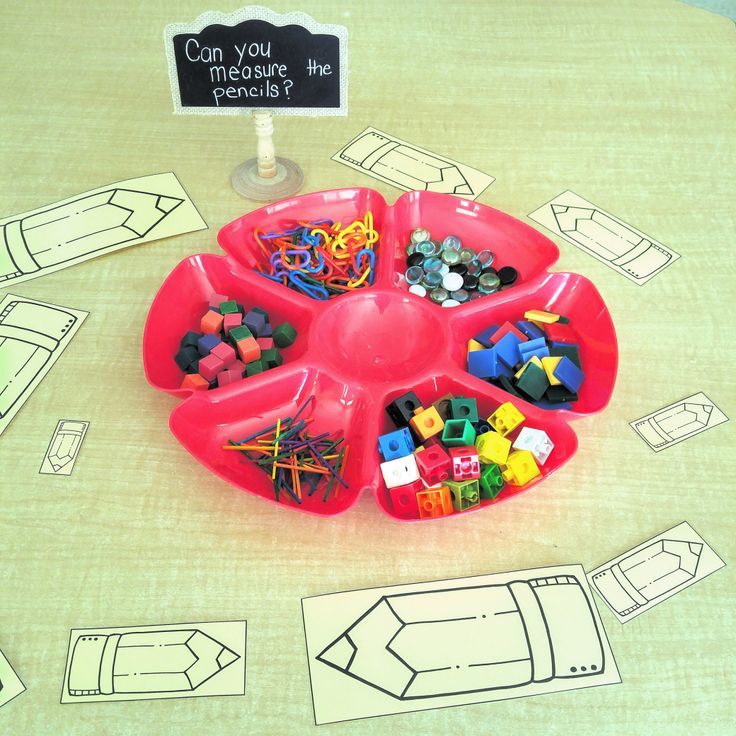 Number Dance
Number DanceThis is a fun way to get your students moving and practice their numbers! To set up the game, you will need some space and some music. Make a number mat by taping numbers from 1–20 on the floor (you can also write them on a piece of paper or use numbered flashcards).
How to play:
Once the mat is set up, have your students stand on a number. When the music starts, they should start dancing around! Every time the music stops, they must find a new number to stand on.
You can make the game more challenging by adding some movement rules, such as “hop on one foot when the number is even, spin around when the number is a multiple of five,” etc.
What will students learn: Number recognition, counting, gross motor skills
Age range: 3–6 years
Grade: PreK-Grade 1
Related Reading: Engaging Math Activities for Preschoolers16.
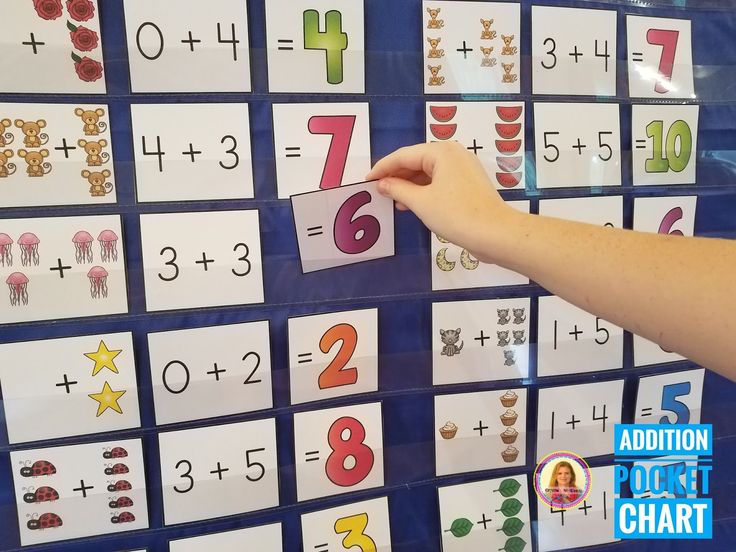 Balloon Pop
Balloon PopThis is a great game for practicing number recognition and one-to-one correspondence. You will need some balloons (blow them up ahead of time) and a Sharpie. Write a different number on each balloon using the Sharpie, then mix them up.
How to play:
Students will take turns picking a balloon and popping it. They will then count the number of pops it took to pop the balloon and say the number out loud. The student with the most popped balloons at the end of the game wins!
Age range: 3–6 years
Grades: K–1
17. Spill the BeansThis is a great game for practicing addition and subtraction. The objective of the game is to collect as many beans as possible without spilling them.
How to play:
You will need a container filled with beans, a spoon, and a cup. Each player will take turns scooping up beans with the spoon and transferring them to the cup.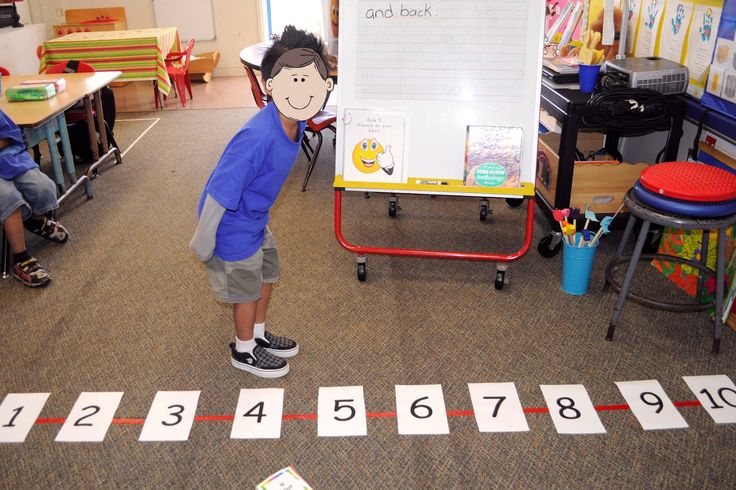 If, at any point, the beans spill, that player will lose all of their beans. The player with the most beans at the end of the game wins!
If, at any point, the beans spill, that player will lose all of their beans. The player with the most beans at the end of the game wins!
What will students learn: Addition, subtraction, cognitive skills
Age range: 5–7 years
Grade: K-2
Related Reading: Best Math Puzzles for Kids18. Bingo!
This is a classic game that can be used to practice any number of skills, including number recognition, counting, and addition. The objective of the game is to be the first player to get five numbers in a row (up, down, across, or diagonally).
How to play:
You will need a bingo card for each player (you can find printable bingo cards online or make your own). The caller will then draw numbers one at a time and call them out. Players will mark the numbers off on their cards if they have them. The first player to get five in a row wins!
Age range: 7+
Grade: Grade 2 and above
19.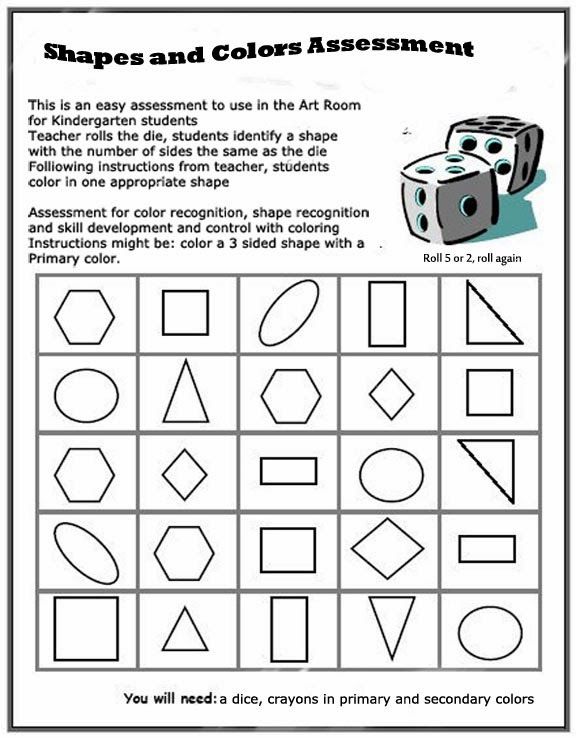 Hit the Target
Hit the TargetMath games are not only a way to pass the time, they’re also educational. This game is perfect for practicing addition, subtraction, multiplication, and division.
How to play:
All you need is a whiteboard and a dry-erase marker. Write a math problem on the board, and then have students try to hit the target (the answer) with their markers. The person who gets closest to the target wins the round.
Age range: 7–12 years
Grade: Grade 2-7
20. EDM (Educational Dance Music)This game is perfect for getting kids up and moving while they learn math.
How to play:
Choose a song with a high BPM (beats per minute), and then have students count out the beats as they dance. For example, if the song had 120 BPM, students would count “1-2-3-4” as they danced. This game can be adapted to any math concept, such as skip counting or finding fractions of a whole.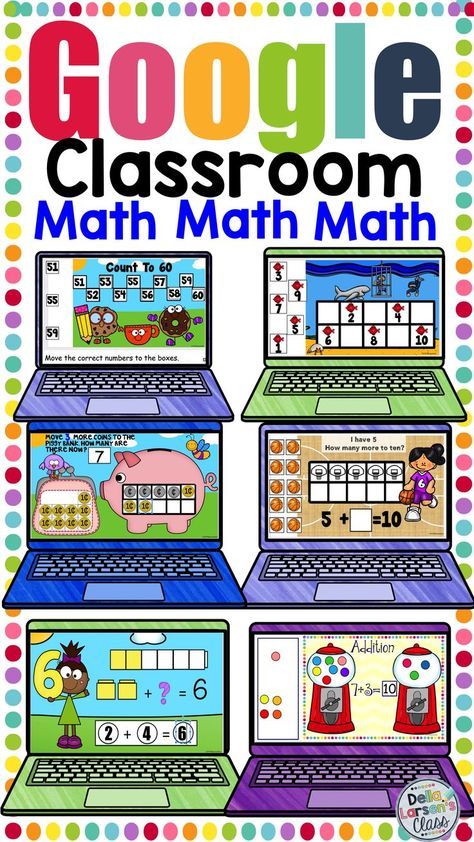
What will students learn: Counting, rhythm, fractions
Age range: 5–12 years
Grade: K-7
21. The Number Detective GameThis is a great game for helping kids practice their addition, subtraction, and multiplication skills. You will need a whiteboard, marker, and eraser.
How to play:
Write a number on the board and then challenge your students to solve various math problems using that number. For instance, you might write “78” and then ask students to find all the numbers that add up to 78.
You can also have students solve for two numbers at once to make things more challenging. For example, if you write “78” and “15,” students would then need to find all the numbers that add up to 78 and all the numbers that multiply to 15.
Age range: 6–8 years old
Grades: Grade 1–3
These are just a few of the many online math games available.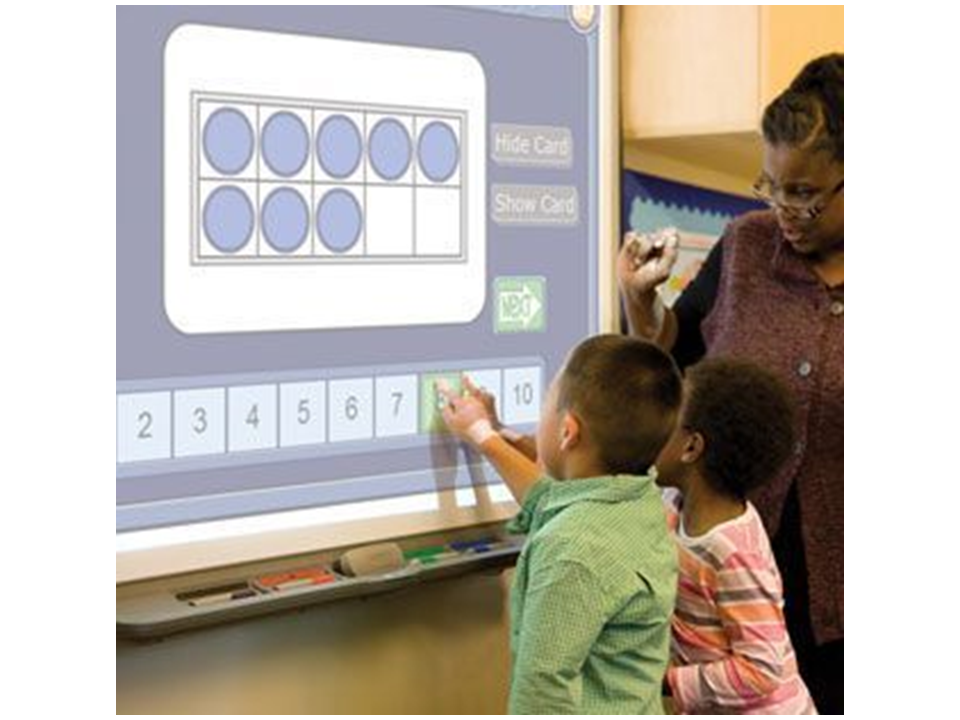 With so many options, there is sure to be a game that your students will love!
With so many options, there is sure to be a game that your students will love!
So there you have it, the twenty-one best classroom math games for kids that are not only super fun to play but also educational. These games are perfect for reinforcing math concepts and skills. So get out there and make your classroom a fun and interactive learning environment!
Related Reading: Best Educational Games for Kids by Subjects & GradesFrequently Asked Questions (FAQs)
What is the best way to use math games in the classroom?
Math games are a great way to engage students and get them excited about learning. To get the most out of these games, it is important to use them to supplement your regular lesson plans. Use classroom math games as a way to review concepts that have already been taught or as a way to introduce new concepts.
What is the impact of playing classroom math games?
Math games offer a number of benefits for students, including
- improved problem-solving skills
- increased confidence in math
- a better understanding of math concepts
- greater interest in math
Where can I find more math games for my students?
There are a number of ways to find more math games for your students.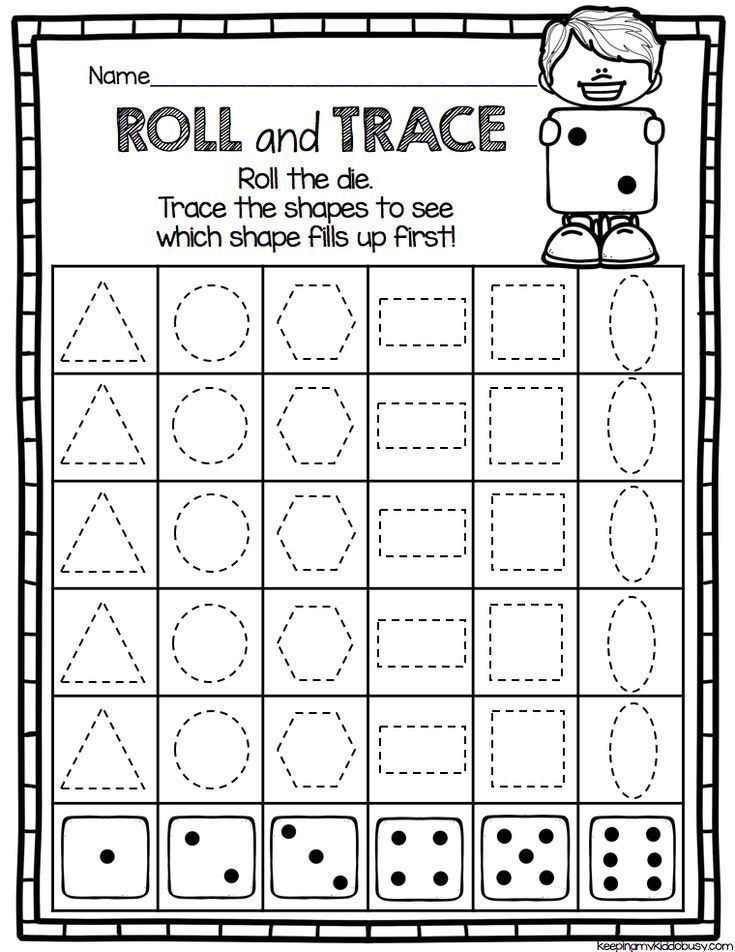 SplashLearn offers a comprehensive math learning program for grades PreK–5, with over 4,000 interactive games.
SplashLearn offers a comprehensive math learning program for grades PreK–5, with over 4,000 interactive games.
How are math games used effectively in the classroom?
Here are a few tips to incorporate math games in the classroom:
- Set aside time each week for students to play math games.
- Integrate math games into your regular lesson plans.
- Encourage students to play at home as well.
- Choose games that are appropriate for your students’ skill level.
- Monitor students’ progress and adjust accordingly.
- Don’t forget to have fun!
Didactic games in mathematics
It would seem that in the fascinating and exciting world of childhood there is no place for exact sciences. But be that as it may, kids begin their acquaintance with elementary mathematical concepts even in the younger group of kindergarten. At this stage, educators and parents have a great responsibility, because they have to present knowledge to children in such a way that young students not only learn the material well, but also motivate them to further study the subject.
That is why, in kindergartens and elementary schools, the learning process in mathematics lessons is carried out in a playful way. And for this, a card file of didactic games in mathematics comes to the aid of teachers and educators, which contains huge educational and educational opportunities.
Didactic games in mathematics lessons
Like any other didactic lessons, mathematical games consist of several elements. First of all, this is a task and a game action itself. For preschoolers, the main tasks of mathematical didactic games are focused on: the formation of ideas about number and quantity, size and shape, the development of orientation in time and space. In other words, children get acquainted with the numbers and numbers of the first ten, study geometric shapes, reinforce the concepts of “big” and “small”. They also receive the first information about the days of the week and months, about the calendar and time.
For example, he will introduce kids to the composition of the number 10, a didactic game on mathematical development called "Decorate the Christmas tree" .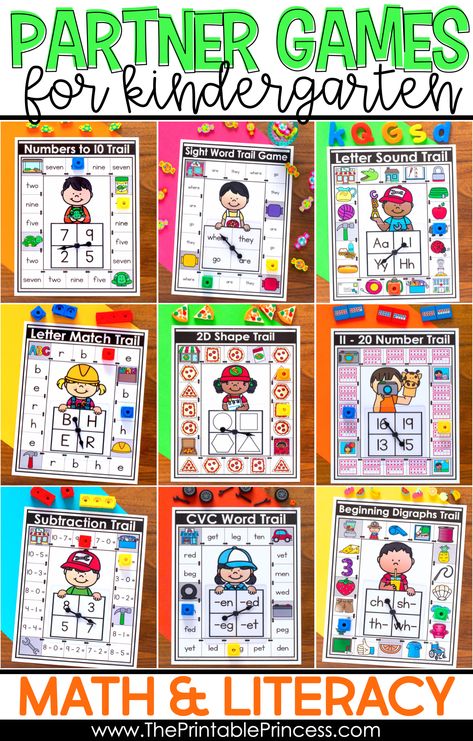 Surely, on the eve of the New Year, the children will like to decorate the Christmas tree: a poster is hung on the board, and the kids are given the task of decorating the Christmas tree in such a way that there are 10 toys on each tier.
Surely, on the eve of the New Year, the children will like to decorate the Christmas tree: a poster is hung on the board, and the kids are given the task of decorating the Christmas tree in such a way that there are 10 toys on each tier.
Didactic games are used less frequently in mathematics lessons in elementary grades. But nevertheless, gaming technologies at this age are still the most effective way to gain and consolidate knowledge. Games develop observation, the ability to identify similarities and differences, improves thinking, attention and imagination. In addition, the organization of gaming activities is a very effective way to develop interest in mathematics, as a relatively complex subject.
The card file of didactic games in mathematics for schoolchildren is no less diverse, but the tasks become somewhat more complicated. For example, a game called “Let's make a train” will help to teach the techniques of addition and subtraction. To clearly explain to the children the basic techniques of addition and subtraction, the teacher calls five students to the board, who, holding each other, represent a train (of 5 wagons).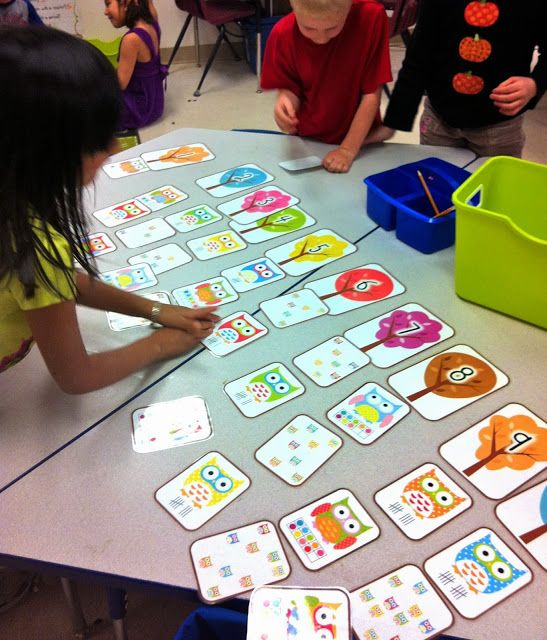 Then the train begins to move around the class and in turn catches two more wagons. The teacher writes down an example: 5+1+1=7 and 5+2=7, the children say the example aloud. Similarly, subtraction techniques are being worked out, only in this case, the “train” delivers trailers to places.
Then the train begins to move around the class and in turn catches two more wagons. The teacher writes down an example: 5+1+1=7 and 5+2=7, the children say the example aloud. Similarly, subtraction techniques are being worked out, only in this case, the “train” delivers trailers to places.
Related articles:
| Music games in kindergarten Musical education of children is useful for developing a sense of rhythm, tact, musical ear and understanding of the beautiful, and just music classes cheer up! Therefore, today we will talk about musical games in kindergarten. | Didactic games in the middle group The approach to didactic games in the middle group is changing and they are becoming more complex and diverse, because the kids already know, are able and understand more. What didactic games can be offered for a given age of children in kindergarten and even at home - we will talk about this in our article. |
| Games - rules of the road The safety of children on the road is the main thing that parents and teachers should teach when sending a child to "adulthood". When kids start going to school on their own, the first thing parents worry about is exactly how the child will cross the road on his own, as well as other moments associated with going to school and home. Therefore, we offer you options for games on this topic. | Game traffic rules Many habits come from childhood, and if you develop the right culture of a child's behavior on the road at an early age, then in adulthood he will be more accurate and attentive. Child safety is the first thing you need to teach your baby. And in the form of a game it is much easier and more interesting to do it! |
Dogs: features of breeds and recommendations for selection
Consultation for parents "Mathematical games at home"
Prepared by the teacher:
Okutina E.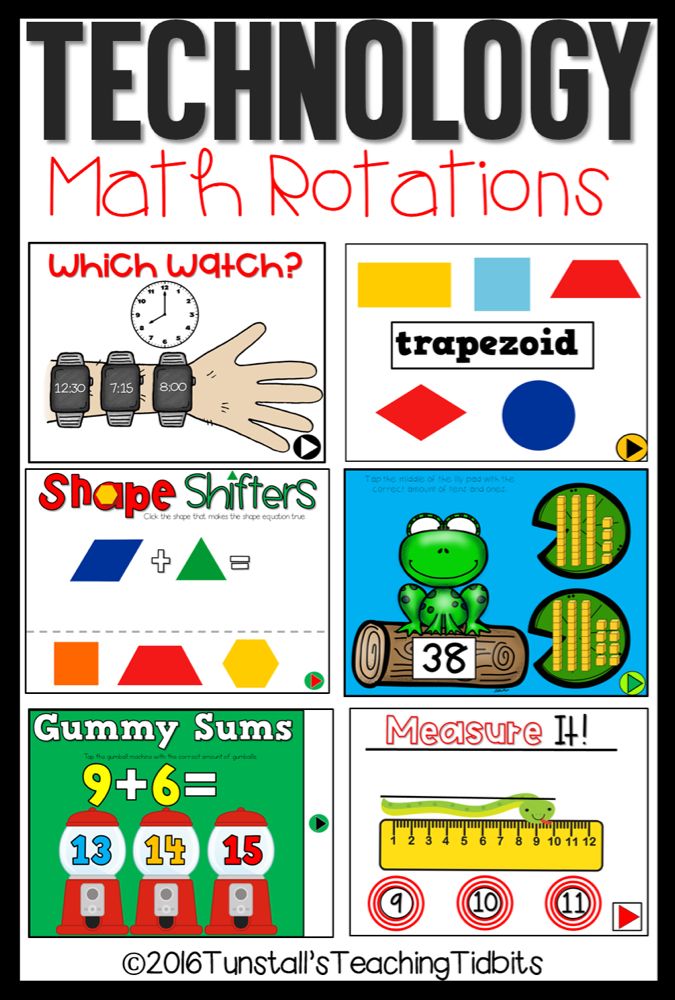 I.
I.
Dear parents, I bring to your attention a consultation on how to play mathematical games with children at home together with the whole family.
One should not rely only on kindergarten and expect that there children will learn to read, write, and count. Let's work at home with our children - it will be both useful and exciting. Moreover, methods have now been developed that allow studying to be turned into an exciting activity.
So, here are a few games that will help children learn how to navigate the world of numbers, as well as perform elementary mathematical operations with them.
Hidden numbers game. This game will teach a child to distinguish numbers, memorize their spelling, as well as navigate simple counting. Playing it is extremely simple: you need to find the hidden numbers in the proposed picture and put them in the appropriate cells. If at first this search will take your child a longer time, then after several trainings he will be perfectly versed in numbers, which will undoubtedly make life easier for him at school in real mathematics lessons.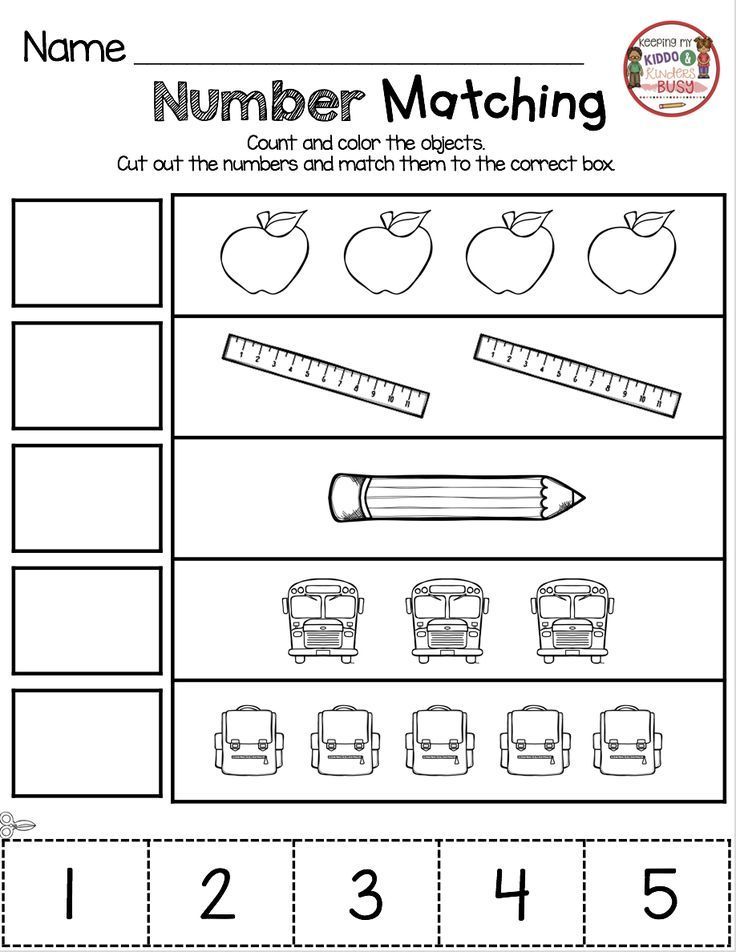
Fun Train Game, will help even little kids learn to count. On a special layout - a funny train, you need to load the cargo, daisies. But, only after loading the required amount, the train will be able to move - for this, a semaphore is used in the game. Your child will be very interested in this activity, and in addition to learning to count without much hassle, the game will motivate the development of increased attention and make the child concentrate.
The simplest arithmetic problems within 10. In this game, the main task is to learn how to count well, to simplify the task, the kids are given a hint - in the form of stars, by counting which, the kid will find out the correct answer. Thus, there is a binding of the number of objects to the accepted designation of this number in numbers. As a reward - a cartoon, for children this is a great motivation.
The game "From 1 to 10", teaches not only to count, navigate numbers, but also helps the child learn to be patient.